Care Of Kenya Hyacinth: Tips On Growing Flowering Sansevieria
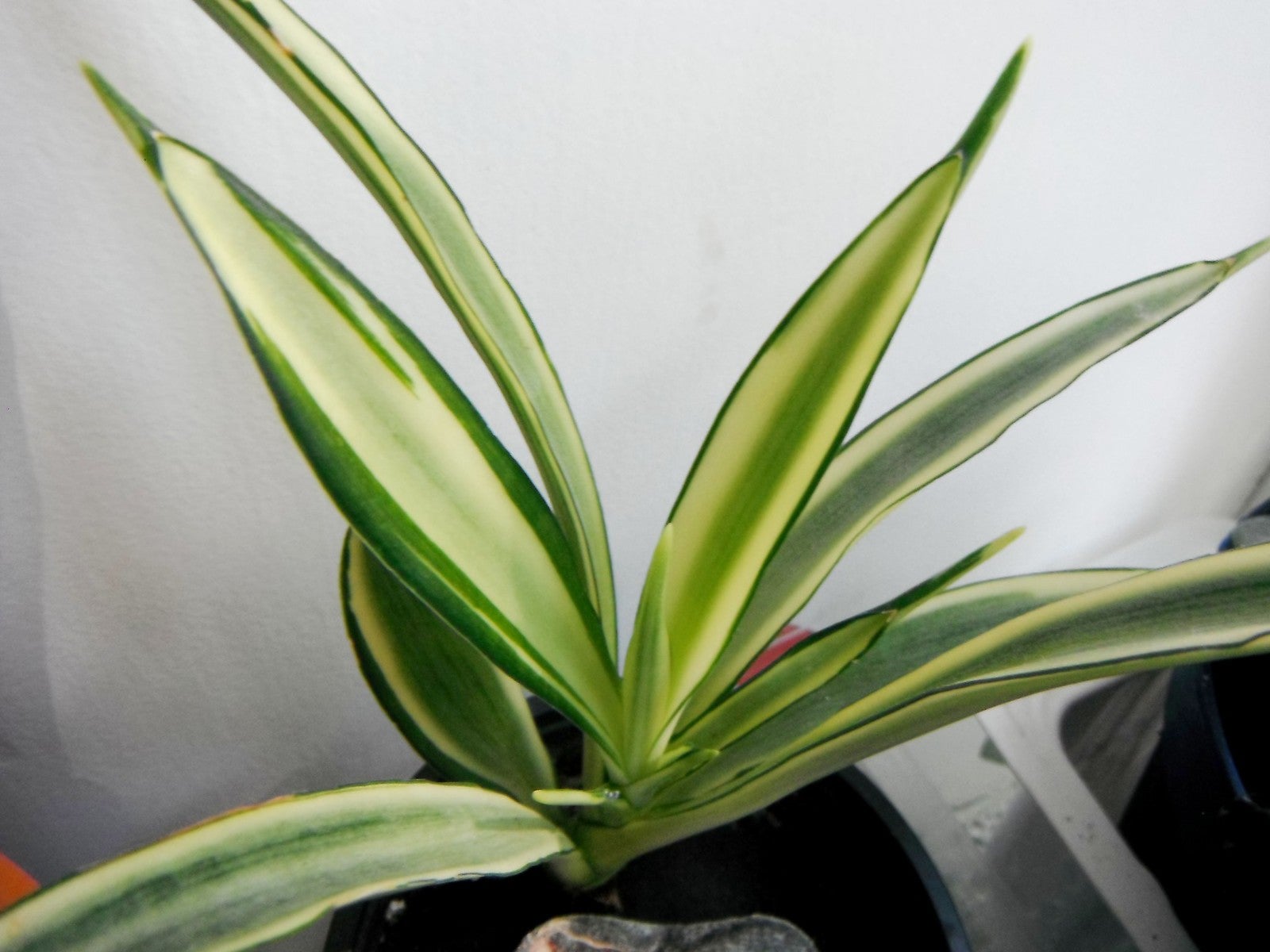

Kenya hyacinth, or Sansevieria parva, is a pretty, little succulent that makes a great houseplant. It produces flowers irregularly and can be grown outdoors in hot, dry regions. Care of Kenya hyacinth is not difficult if you provide the right soil and don’t overwater. Let’s learn more about growing this interesting snake plant.
What is a Kenya Hyacinth Snake Plant?
This handful of a name refers to Sansevieria parva, most commonly known as Kenya hyacinth snake plant. This is a succulent that is hardy in the U.S. in zones 10 and 11, but for everyone else, it makes a great houseplant.
Native to East Africa, flowering Sansevieria plants have narrow, spike-shaped leaves that grow between eight and sixteen inches (20.5 to 41 cm.) long. Each plant grows a cluster of six to twelve leaves.
The flowers of the Kenya hyacinth are small and white or pale pink. These plants don’t flower consistently, though. When they do, however, you’ll enjoy the lovely fragrance, but mostly expect to enjoy the foliage.
Growing Flowering Sansevieria
If you live in a hot, dry climate, you can use Kenya hyacinth outdoors for xeriscaping. It tolerates drought well and needs just dappled or partial sunlight. Indoors, this is a nice houseplant that will grow well in dry, well-drained soil.
Find a spot out of direct sunlight. If the edges of the leaves turn yellow, the plant is likely getting too much sun. Make sure the soil drains very well. Let it dry out between watering, and then soak the soil completely. A general fertilizer every few weeks will help your plant thrive.
The best way to propagate Sansevieria is by cuttings. Take cuttings in summer and allow four to six weeks for them to root. If your plant does flower, it will stop producing leaves. But new plantlets will sprout up from rhizomes or stolons, so look for them.
Gardening tips, videos, info and more delivered right to your inbox!
Sign up for the Gardening Know How newsletter today and receive a free copy of our e-book "How to Grow Delicious Tomatoes".

Mary Ellen Ellis has been gardening for over 20 years. With degrees in Chemistry and Biology, Mary Ellen's specialties are flowers, native plants, and herbs.
-
 Looking For Plants To Give You The Soft And Fuzzies? Try These 5 Fuzzy Leaf Plant Options
Looking For Plants To Give You The Soft And Fuzzies? Try These 5 Fuzzy Leaf Plant OptionsLovers of texture, drama, silver foliage and tactile plants will adore these special sensory garden additions. These fuzzy leaf plant options will leave you all aglow
By Susan Albert
-
 Get Ready For A Summer Of Hummers! Grow These Full Sun Hummingbird Plants and Flowers
Get Ready For A Summer Of Hummers! Grow These Full Sun Hummingbird Plants and FlowersIf you’re lucky enough to enjoy a sunny backyard, make sure you are maxing out on your pollinator opportunities and grow these full sun hummingbird plants and flowers
By Tonya Barnett
-
 Help, My Snake Plant Is Mushy! Advice For Root Rot In Snake Plants
Help, My Snake Plant Is Mushy! Advice For Root Rot In Snake PlantsSnake plants are hardy houseplants, but they can be susceptible to root rot. Learn how to prevent and treat this common snake plant problem.
By Amy Grant
-
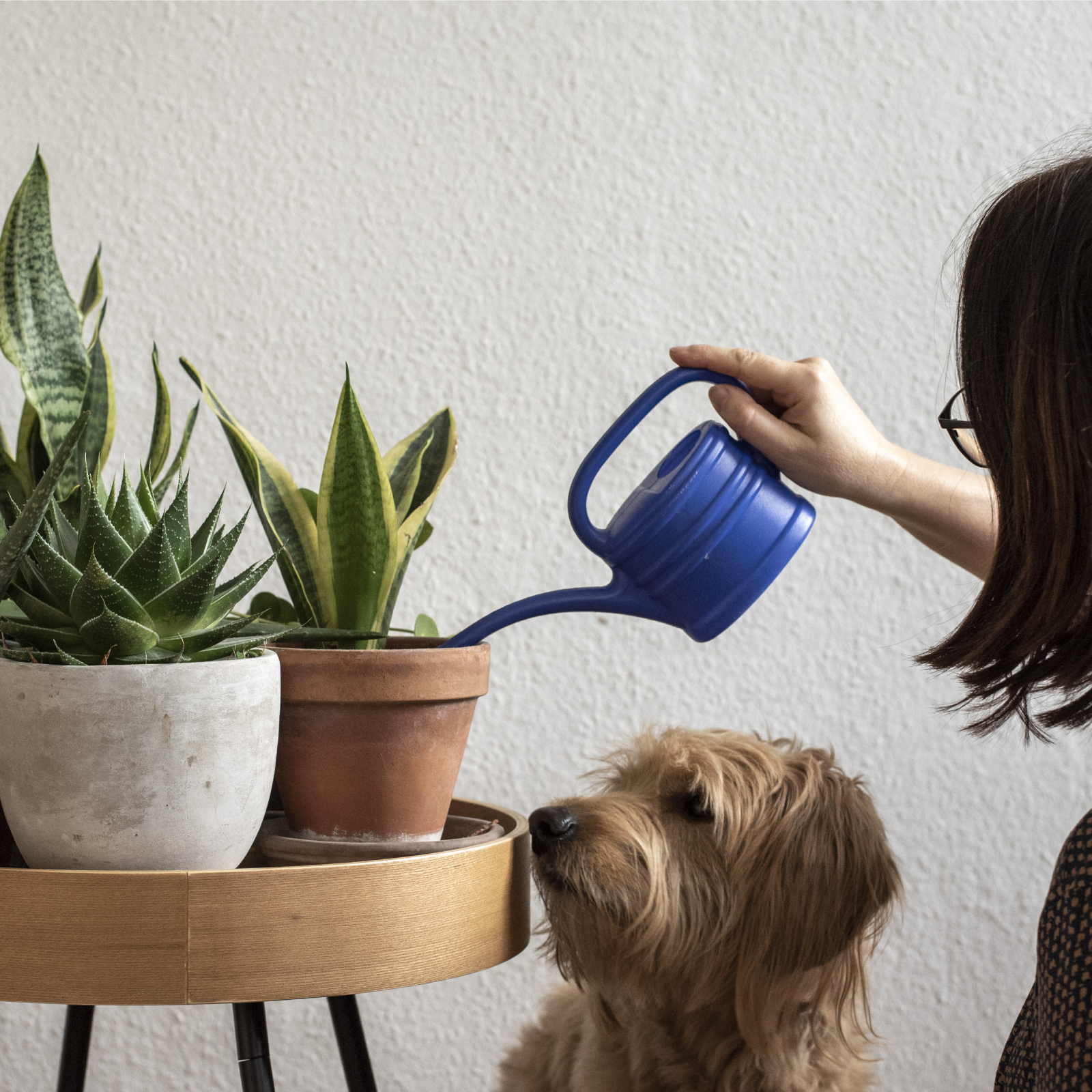 Are Snake Plants Toxic To Dogs? Keep Your Pup Safe Around These Popular Houseplants
Are Snake Plants Toxic To Dogs? Keep Your Pup Safe Around These Popular HouseplantsSnake plants are incredibly popular houseplants because of their hardy nature, but are they dangerous to human's best friend? Learn how to keep your pup safe.
By Amy Grant
-
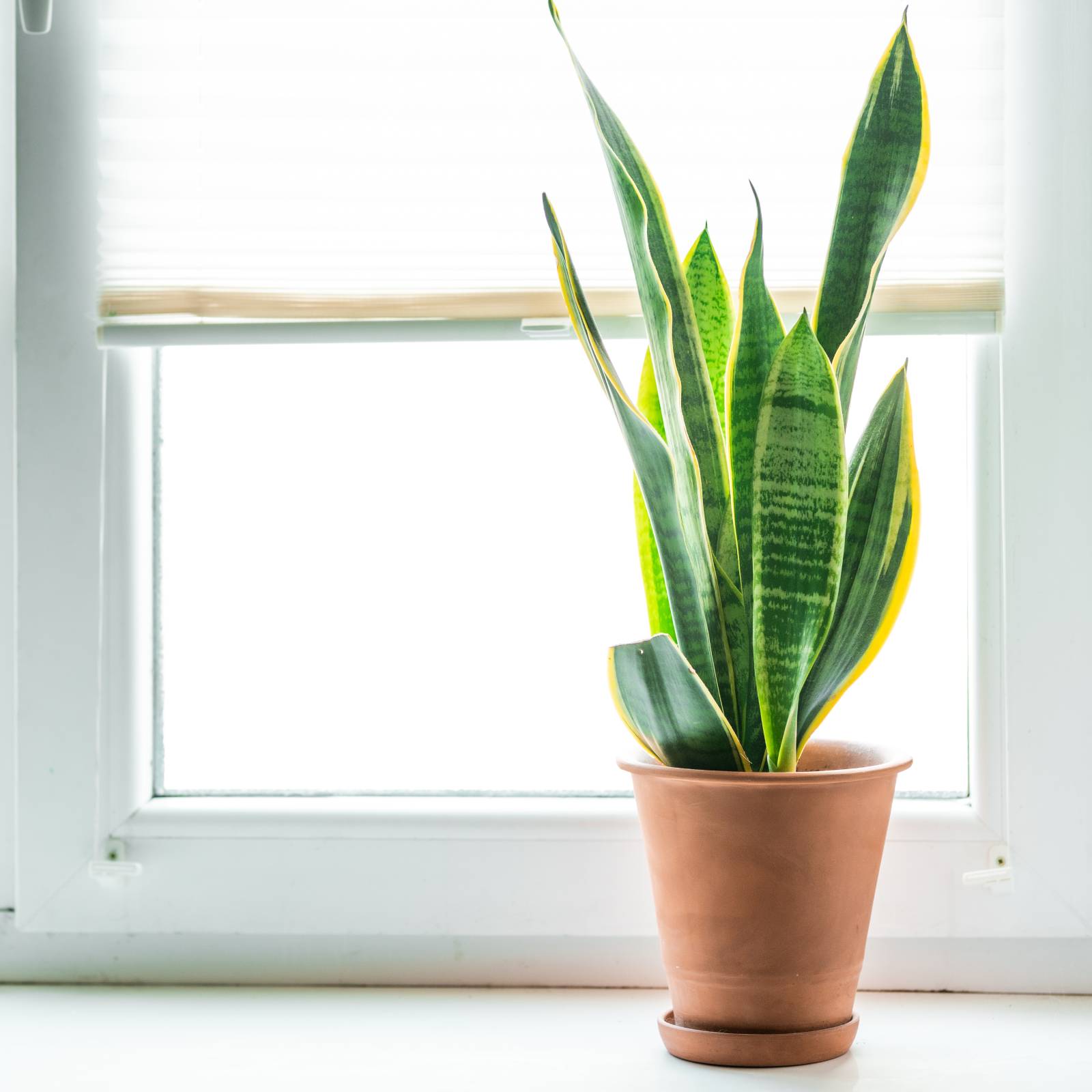 Snake Plant Getting Enough Light? Understanding Light Requirements And How To Adjust
Snake Plant Getting Enough Light? Understanding Light Requirements And How To AdjustSnake plant light requirements aren’t as stringent as for some houseplants, but the right lighting is important for their growth and well-being.
By Tonya Barnett
-
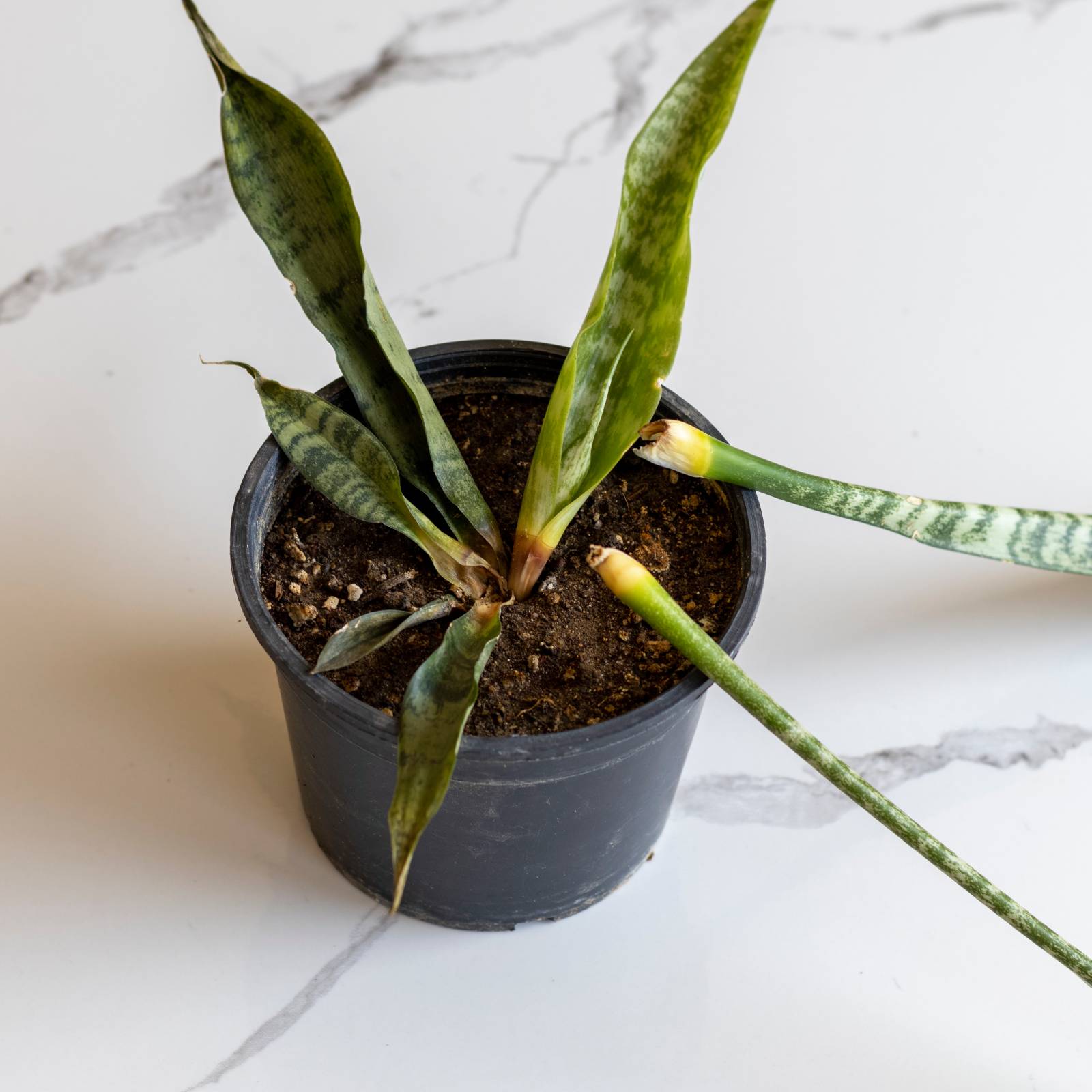 Telltale Signs Of An Overwatered Snake Plant – And How To Fix This Fatal Mistake
Telltale Signs Of An Overwatered Snake Plant – And How To Fix This Fatal MistakeBy Bonnie L. Grant
-
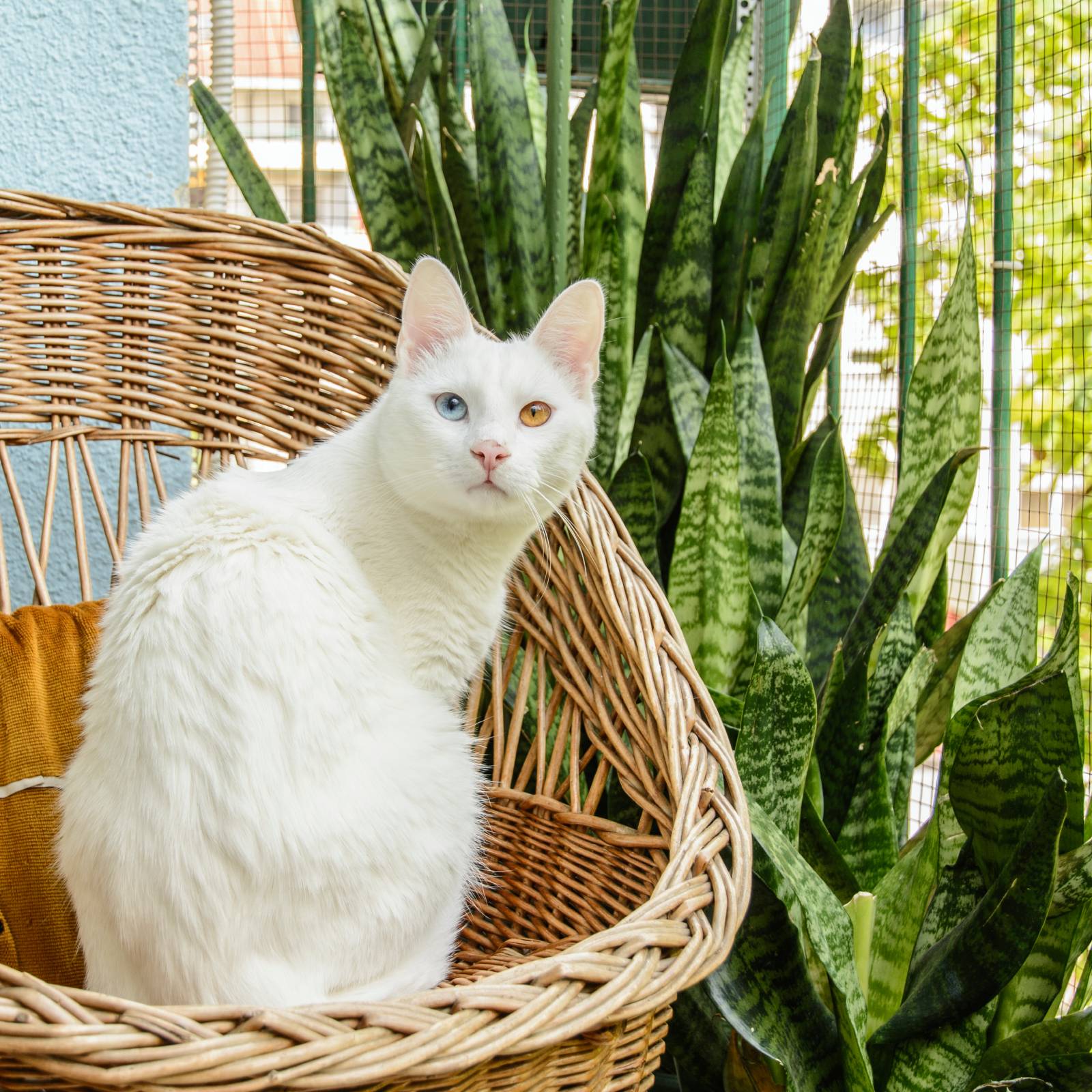 Are Snake Plants Toxic To Cats? Here’s How To Protect Your Felines And Avoid Trouble
Are Snake Plants Toxic To Cats? Here’s How To Protect Your Felines And Avoid TroubleAre snake plants toxic to cats? A good rule of thumb is to simply keep the plant where kitty can’t get to it.
By Mary Ellen Ellis
-
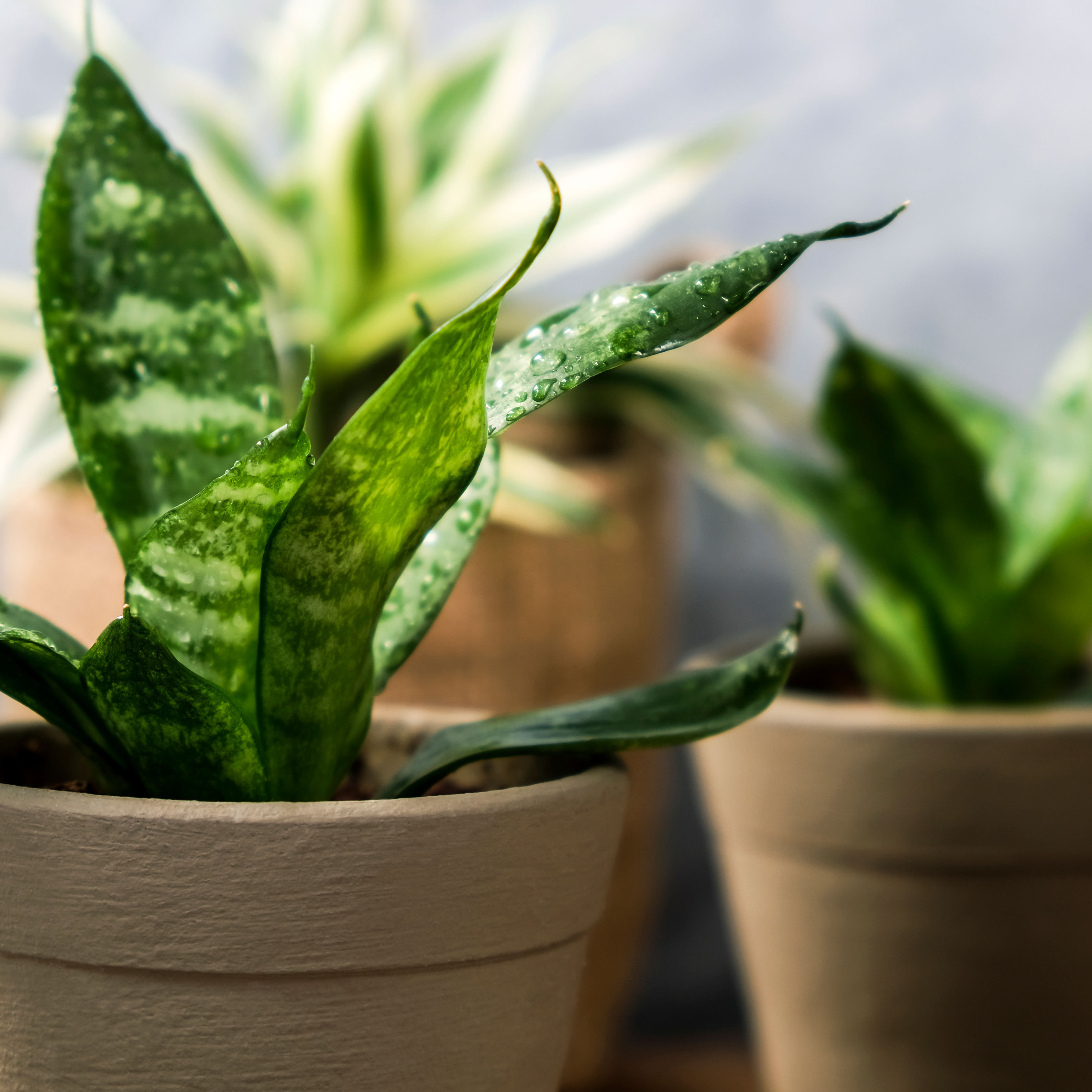 Mini Snakes: Try These 6 Small Snake Plant Varieties For A Cute And Compact Indoor Plant
Mini Snakes: Try These 6 Small Snake Plant Varieties For A Cute And Compact Indoor PlantYou love the drama and structure of a snake – but what if you don’t have much indoor space? These small snake plant varieties are ideal for mini pot perfection
By Teo Spengler
-
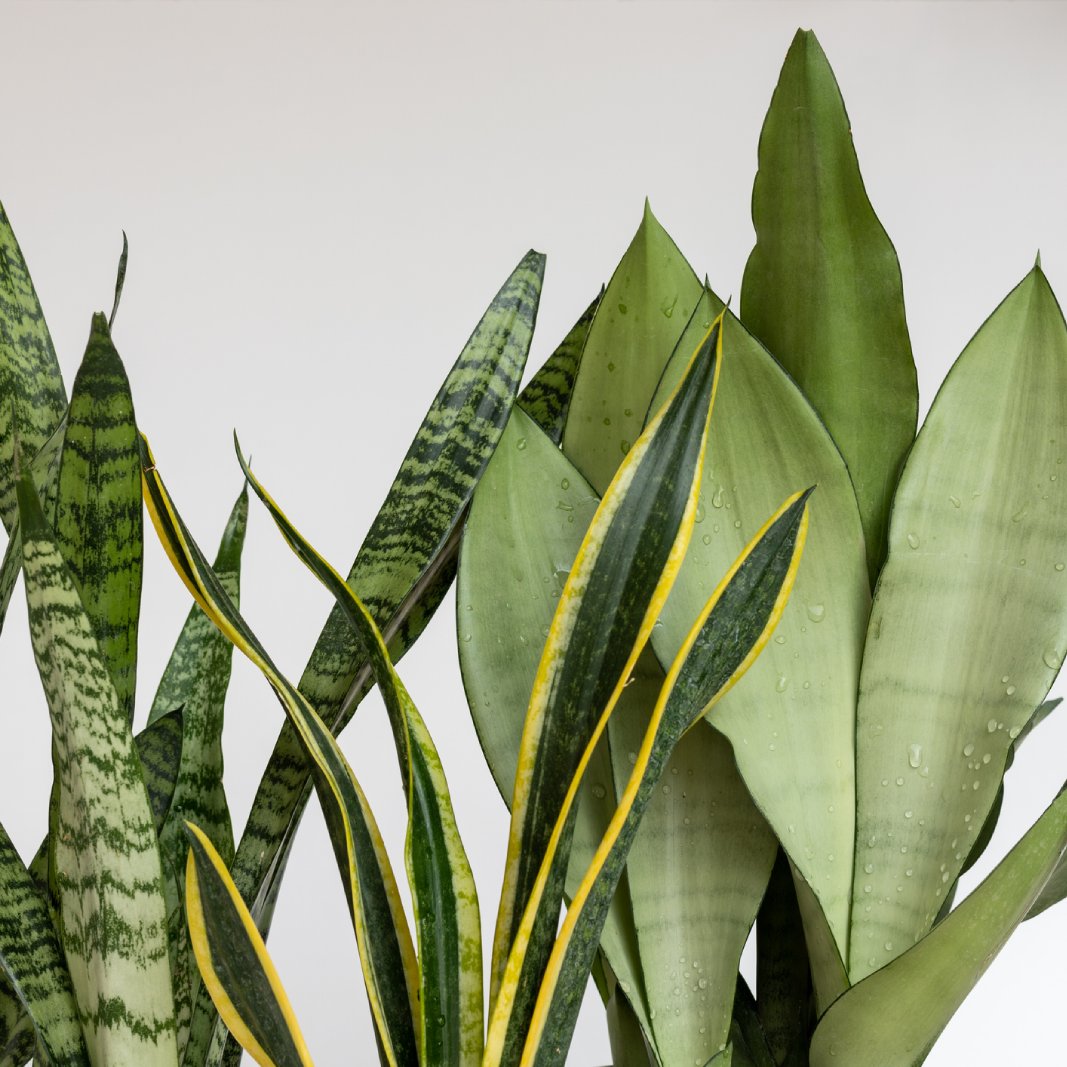 10 Snake Plant Varieties To Elevate Your Indoor Plant Collection
10 Snake Plant Varieties To Elevate Your Indoor Plant CollectionDon’t let the name fool you - snake plants are friendly, beautiful, and easy to grow. Here are 10 of my favorites you may not have heard of.
By Bonnie L. Grant
-
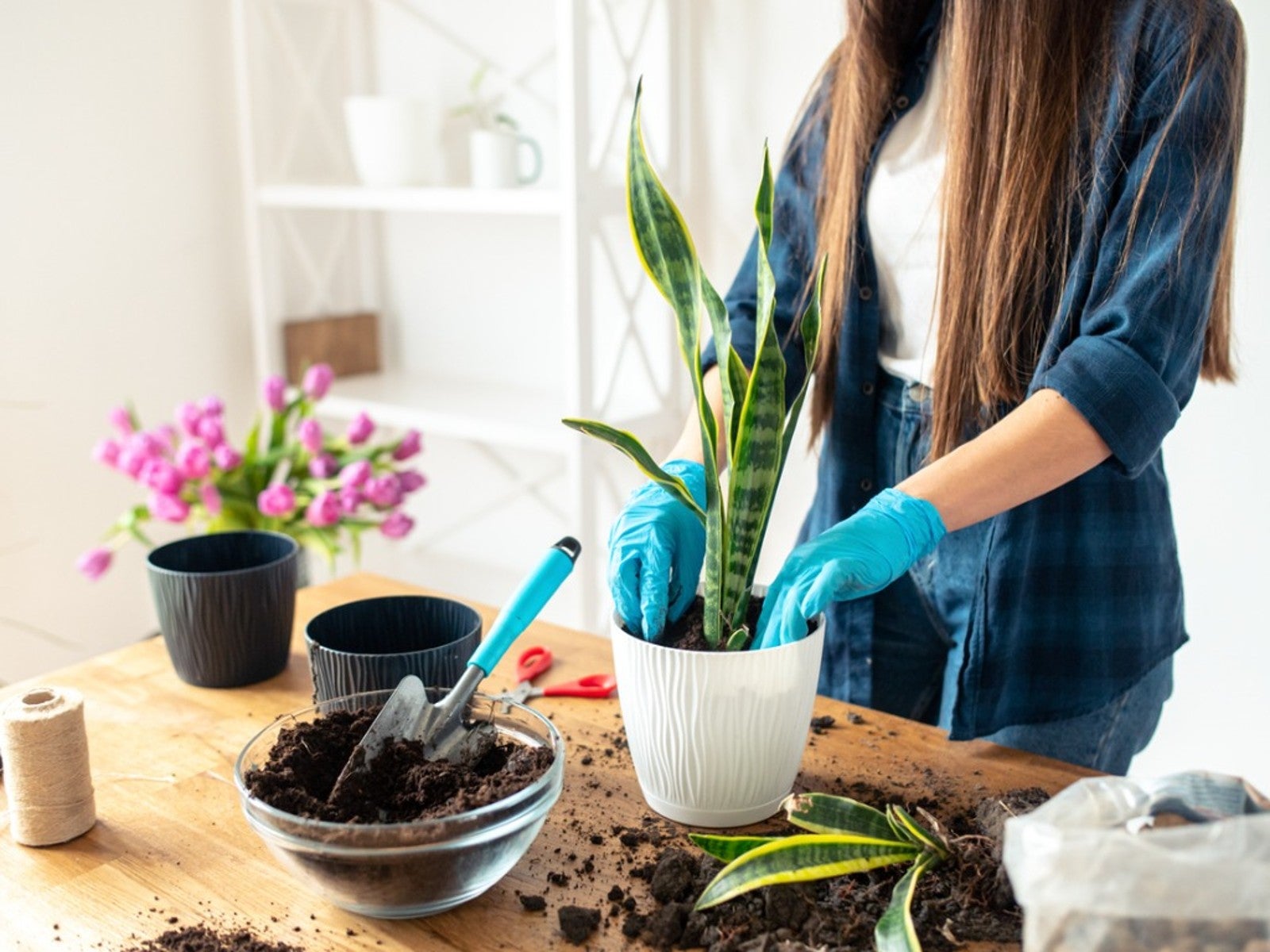 Tips For Transplanting A Snake Plant
Tips For Transplanting A Snake PlantSnake plants require very little care, which can make it difficult to judge if repotting one would be beneficial. Read on for tips.
By Laura Miller